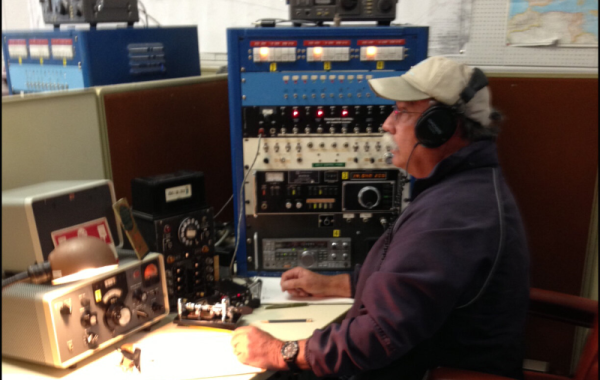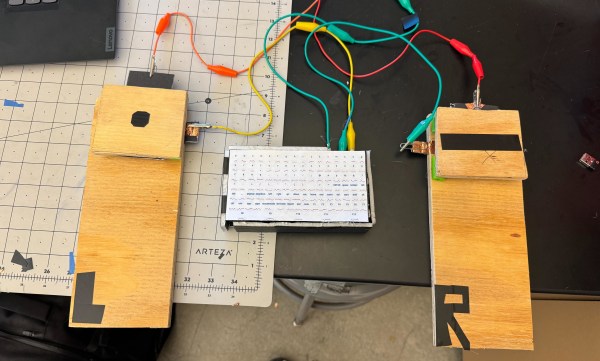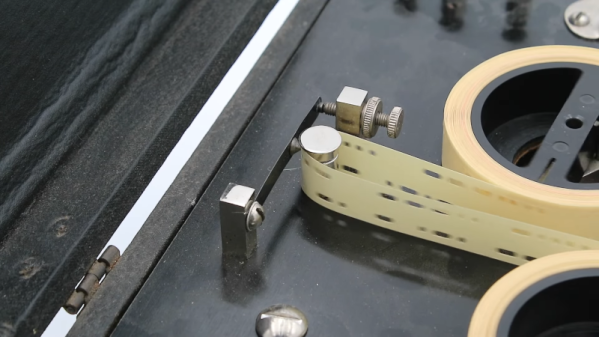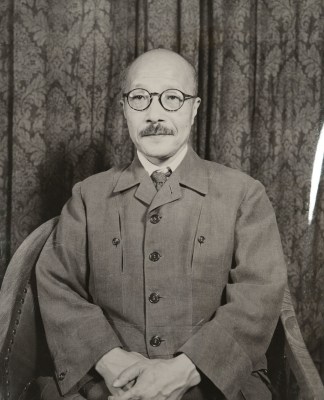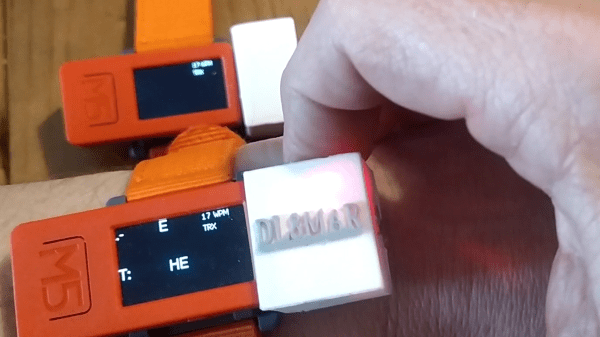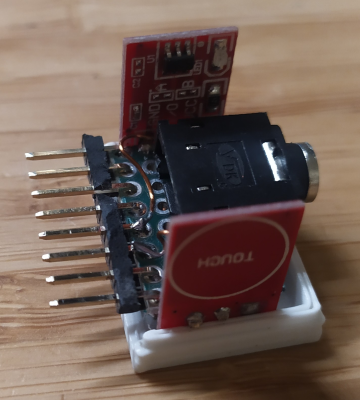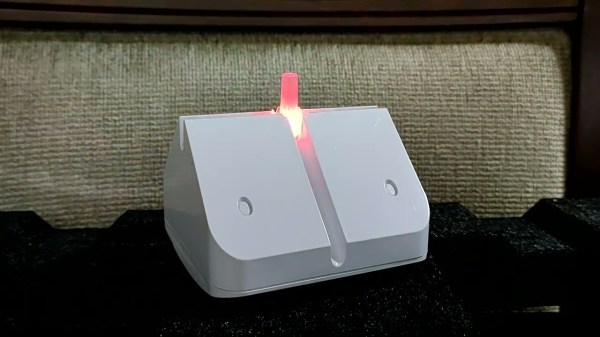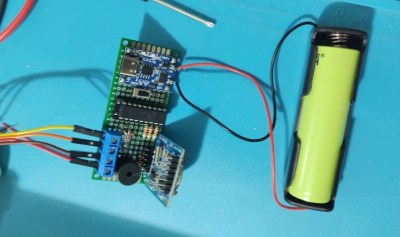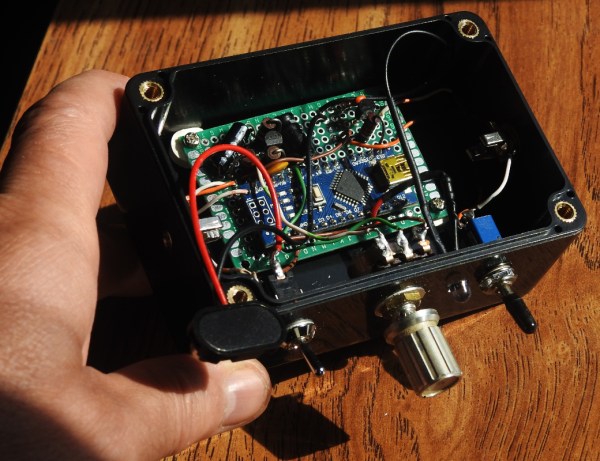The Titanic famously (or infamously) used Morse code to call out in distress at the end of its final voyage. Ships at sea and the land-based stations that supported them used Morse code for decades, but with the growing use of satellites, maritime Morse code ended in 1999. With one notable exception. [Saahil Desai] writing in the Atlantic tells the story of America’s last Morse code station, KPH just north of San Francisco.
In fact, KPH did shut down in 1997 as part of the wind down of Morse code in ocean vessels. But some radio enthusiasts, including [Tom Horsfall] and [Richard Dillman], have brought the venerable station back to life. The radio squirrels, as they call themselves, dutifully send news and weather every Saturday to anyone interested in listening. They also exchange radio traffic, primarily with the SS Jeremiah O’Brien, a World War II-era ship parked nearby. N2FQ visited the station and operated the station on video, which you can see below. Or, check out the tour in the second video, below.

